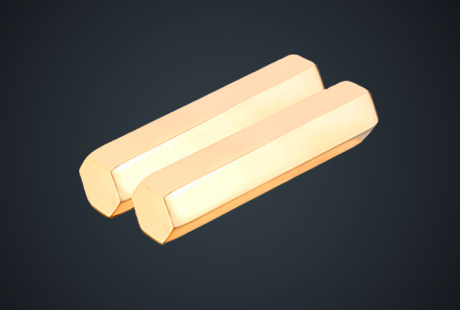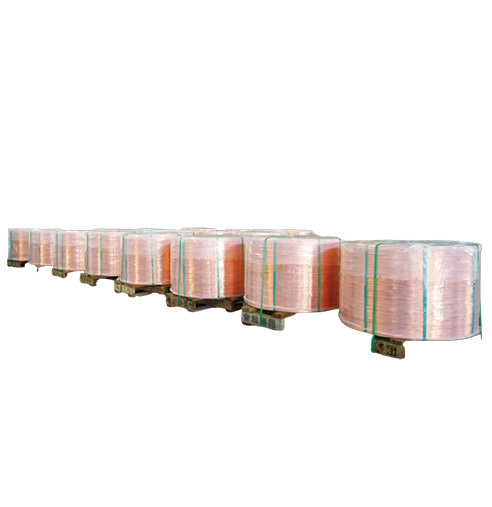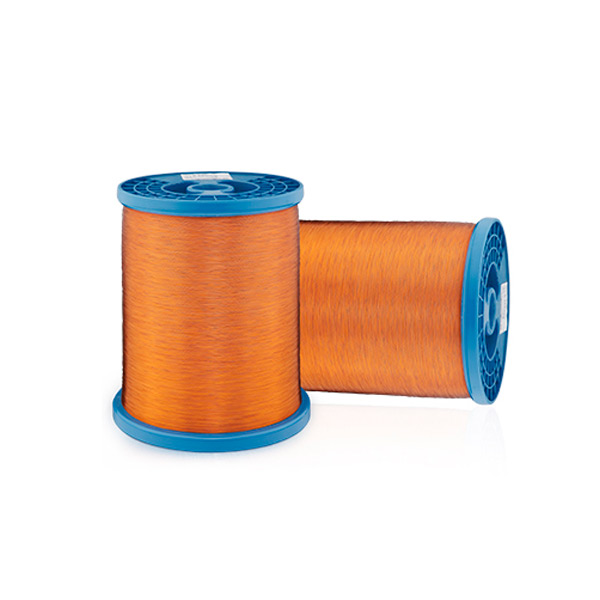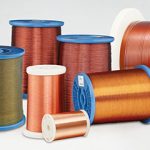Continuous casting and extrusion are two production processes for copper rods. Let's understand their differences.
Production Principles
The production principle of continuous casting copper rods is to inject liquid copper in a high-temperature state into the casting pool of the continuous casting machine. By increasing the cooling rate, it rapidly solidifies into square or hexagonal copper rods. After subsequent processes such as drawing and stretching, it is finally processed into various specifications of copper products. The particles inside the continuous casting copper rod are precise and dense, with good tensile strength, ductility, and conductivity. Therefore, the interior is pure and free of impurities, with very few pores and stable physical properties. However, the surface of continuous casting copper rod is irregular and angular, making it more difficult to process.
Extrusion copper rods place pre-deformed copper billets in rod-shaped molds and apply pressure along the axial direction to extrude them into shape under high temperature and pressure. The billets of extrusion copper rods are more uniform in raw material, with fewer impurities. Each copper rod is distributed more evenly in terms of straightness and length compared to continuous casting copper rods, resulting in higher dimensional accuracy after processing. The surface of extrusion copper rods is smoother and neater.
Product Performance
Since continuous casting copper rods have a cast structure, it is difficult to completely avoid defects such as pores, looseness, and inclusions in the casting process. In contrast, extrusion copper rods use extrusion hot deformation to break the cast structure and undergo recovery recrystallization, weakening or eliminating the defects in the cast structure. Therefore, the material quality of extrusion copper rods is relatively stable, and they are commonly used in the field of direct machine processing, while continuous casting copper rods are used in the field requiring subsequent hot forging (reddening) processing.
Common Defects
Since extrusion rods are processed by heating and extruding copper billets, defects in the copper billet will elongate during the extrusion process and easily form through defects in the finished parts, leading to leakage. Therefore, when processing parts, it is necessary to design the sealing thickness reasonably, and the selection of materials is also crucial. In terms of leakage, vertical continuous casting is better than horizontal continuous casting.
Continuous casting rods have a cast structure and inherent disadvantages in mechanical properties, so it is not recommended to directly process parts with load-bearing or pressure-bearing requirements. They cannot withstand mechanical processing such as riveting and bending. Parts with stress corrosion testing requirements should not be directly processed using continuous casting rods. The continuous casting rod casting process involves crystallization and traction, which is prone to thermal cracking. Directly processing parts will cause fracture and leakage.
Jintian Copper can produce both extrusion rods and continuous casting rods. The grades produced by Jintian Copper include: H59, H62, H63, H65, H68, H70, Hpb58-2C, Hpb58-2A, Hpb59-1, HBi59-1, HBi60-1, QSn6.5-0.1, C14500, C18150, etc.
In summary, continuous casting copper rods and extrusion copper rods each have their advantages. Companies should choose according to their own production needs and considerations of factors to achieve optimal production results.

 English
English 日本語
日本語 한국어
한국어 français
français Deutsch
Deutsch Español
Español italiano
italiano العربية
العربية tiếng việt
tiếng việt Türkçe
Türkçe ไทย
ไทย 中文
中文





